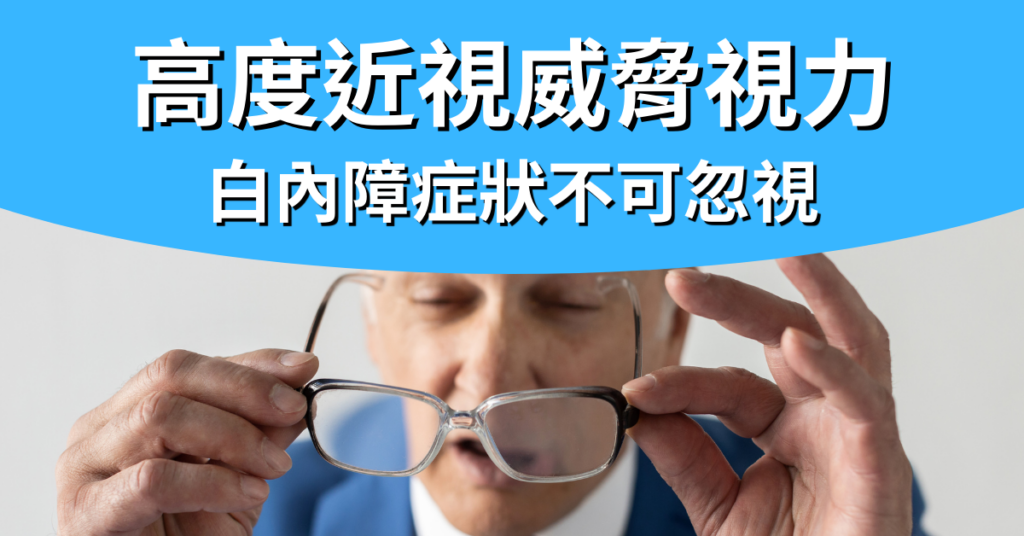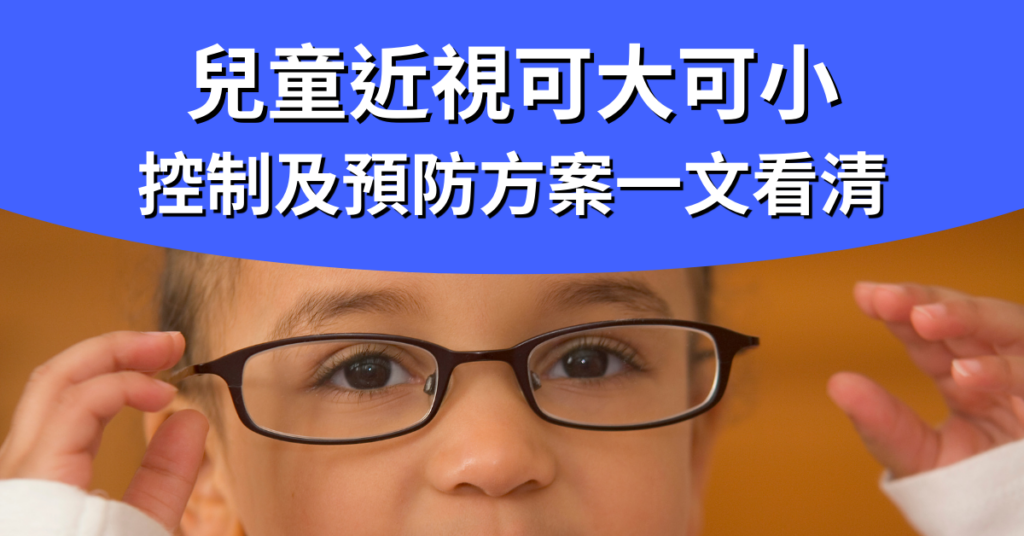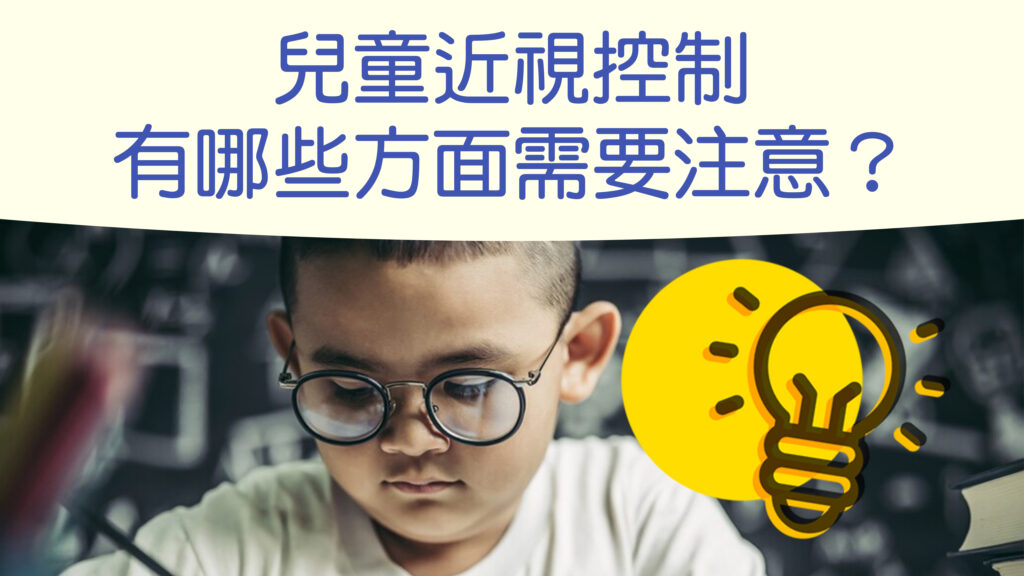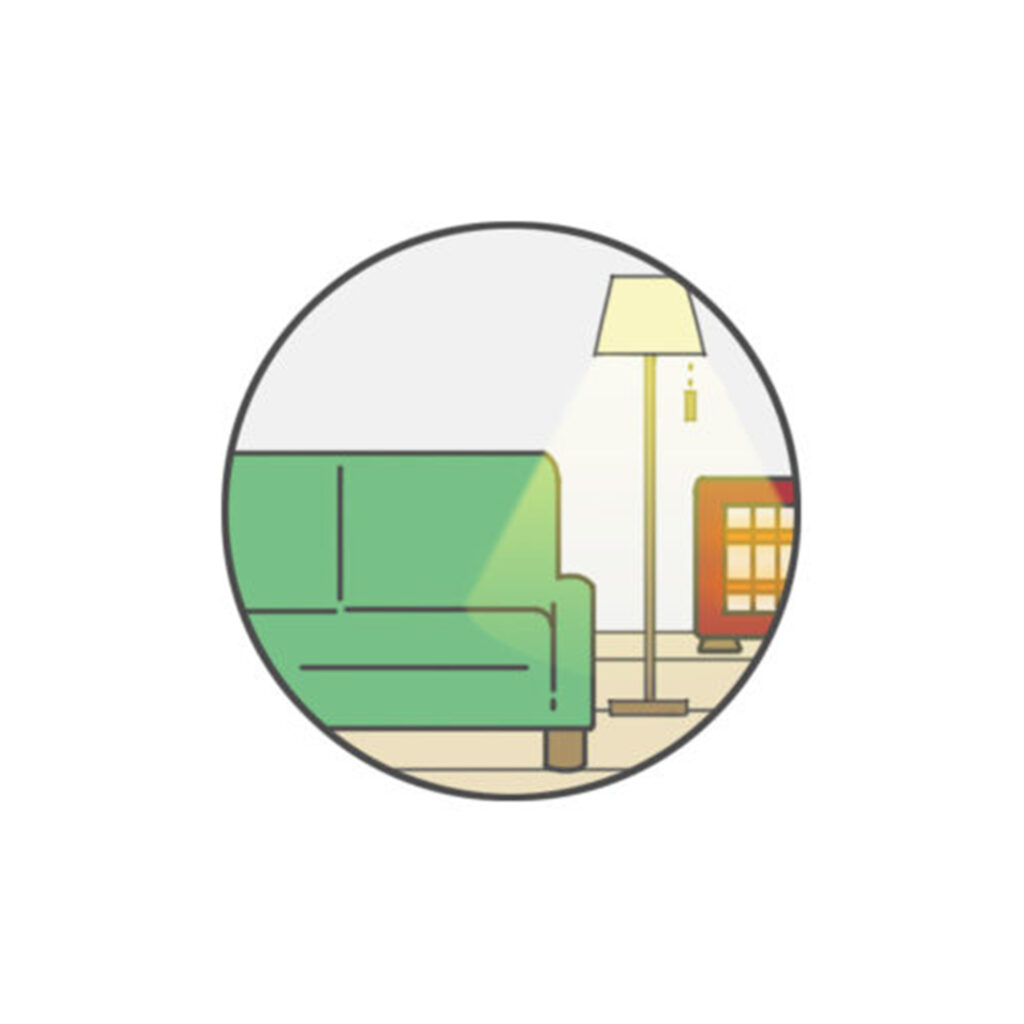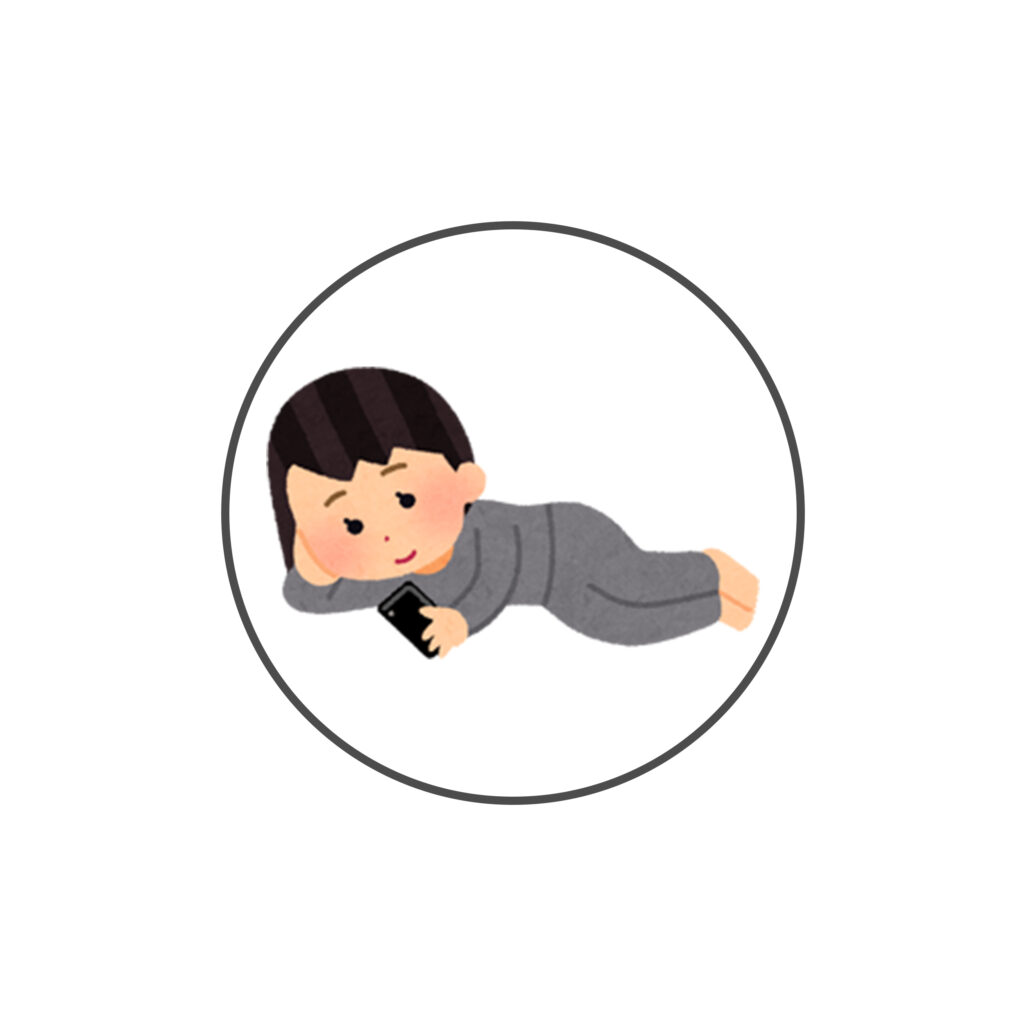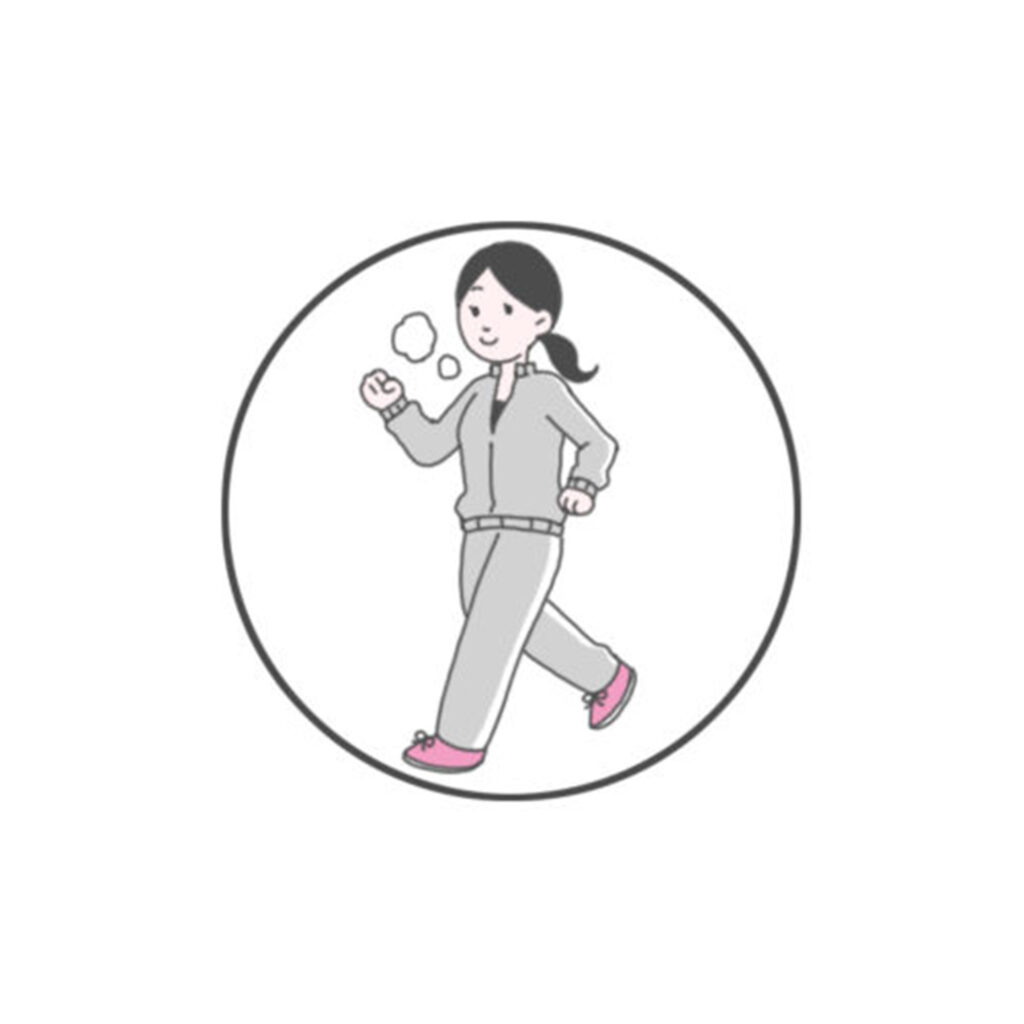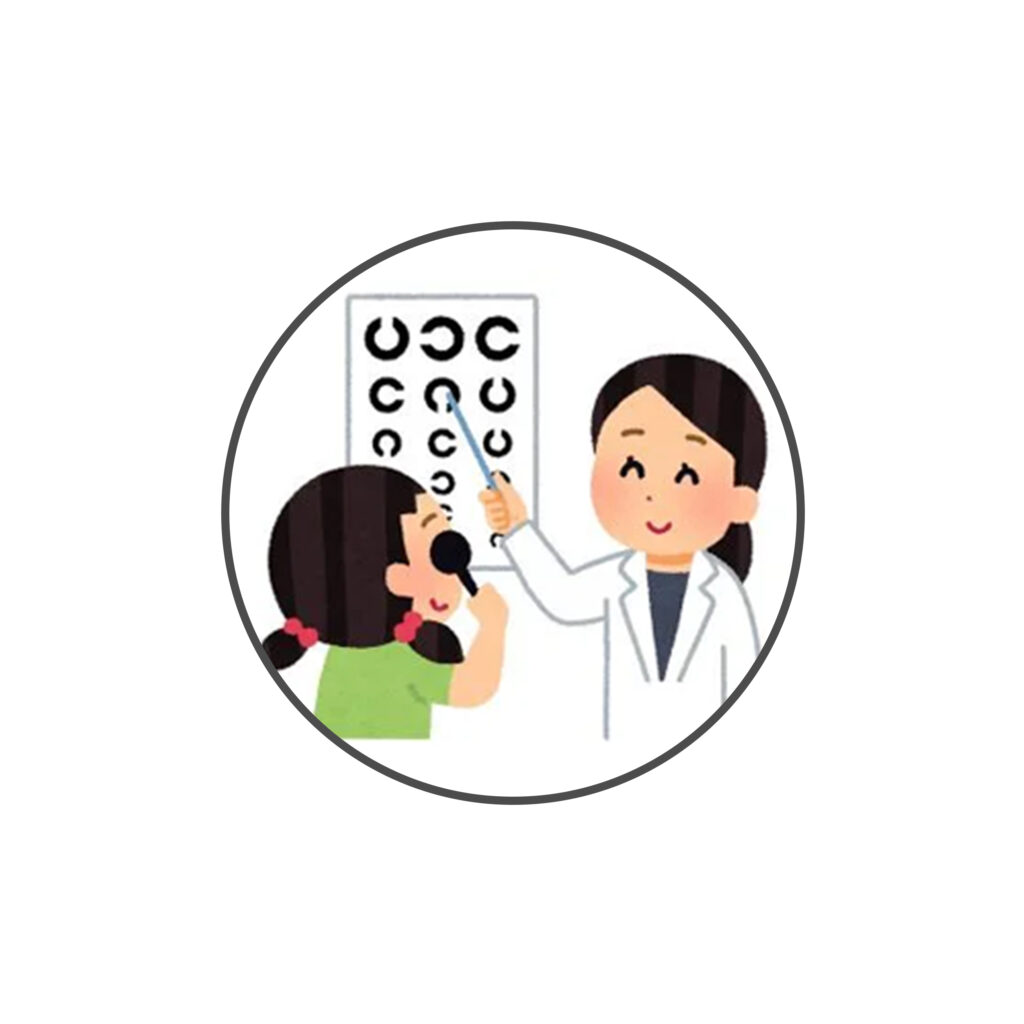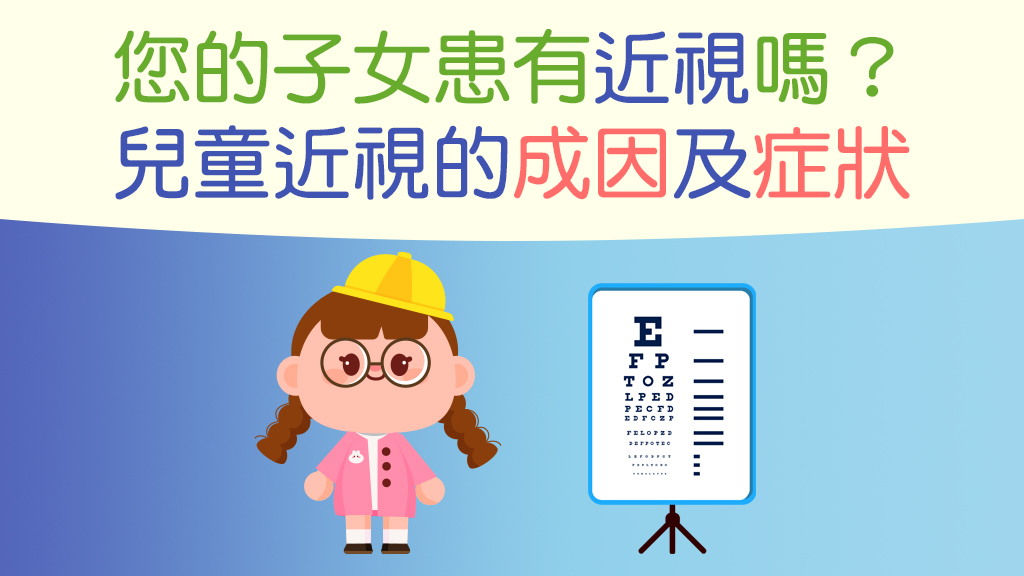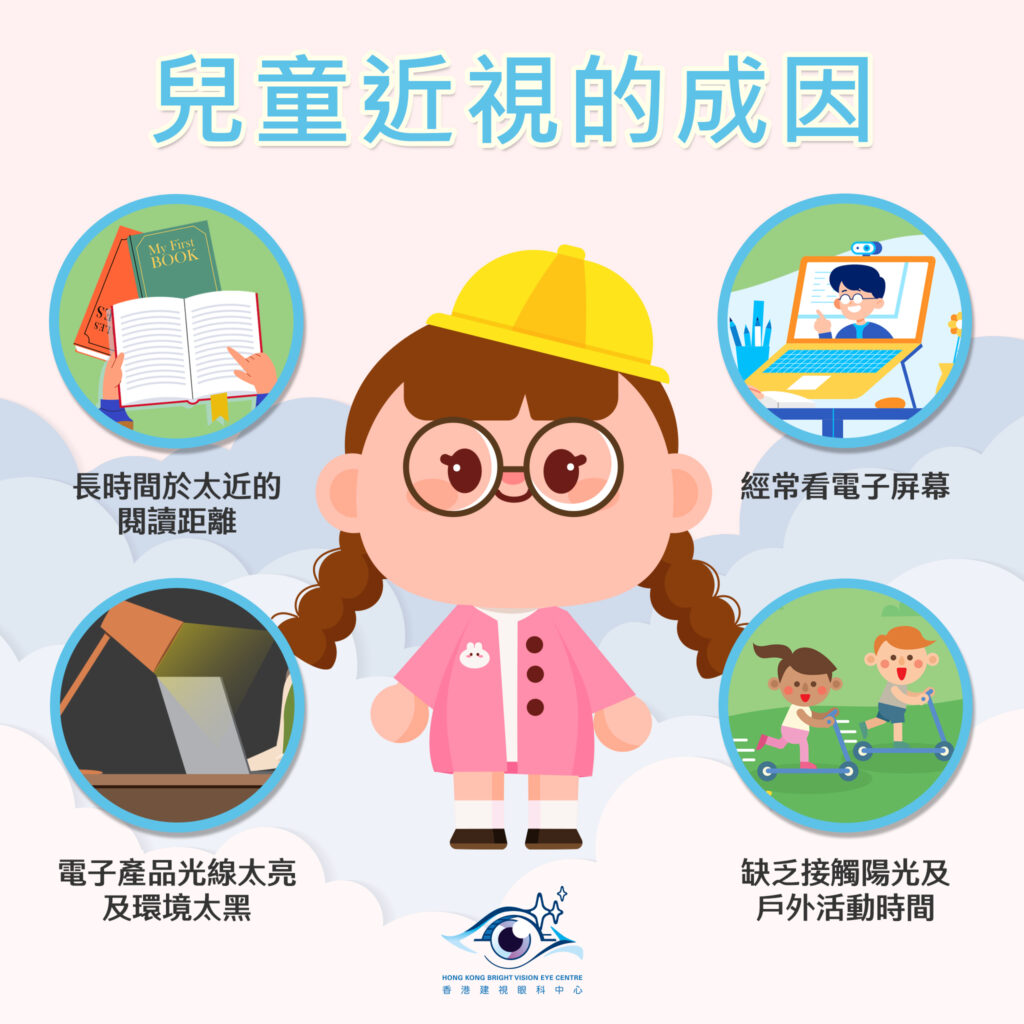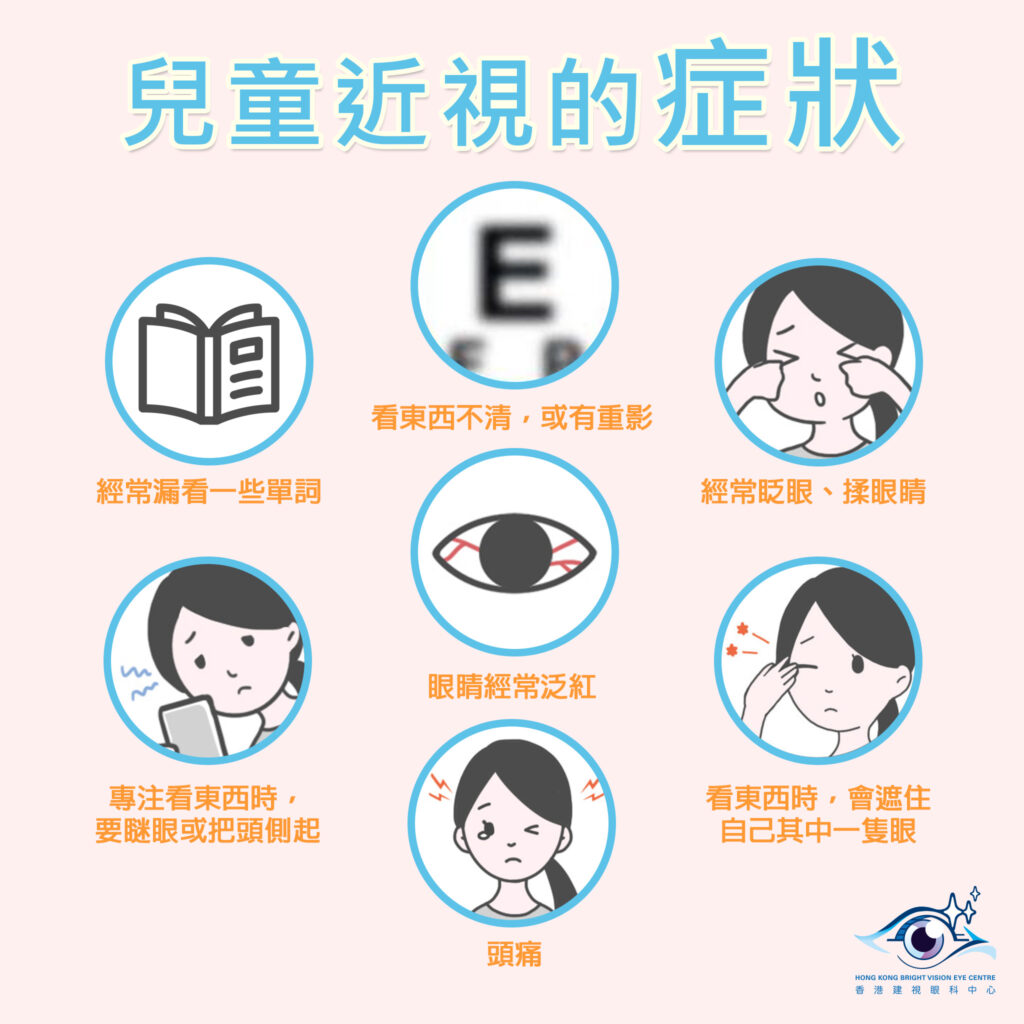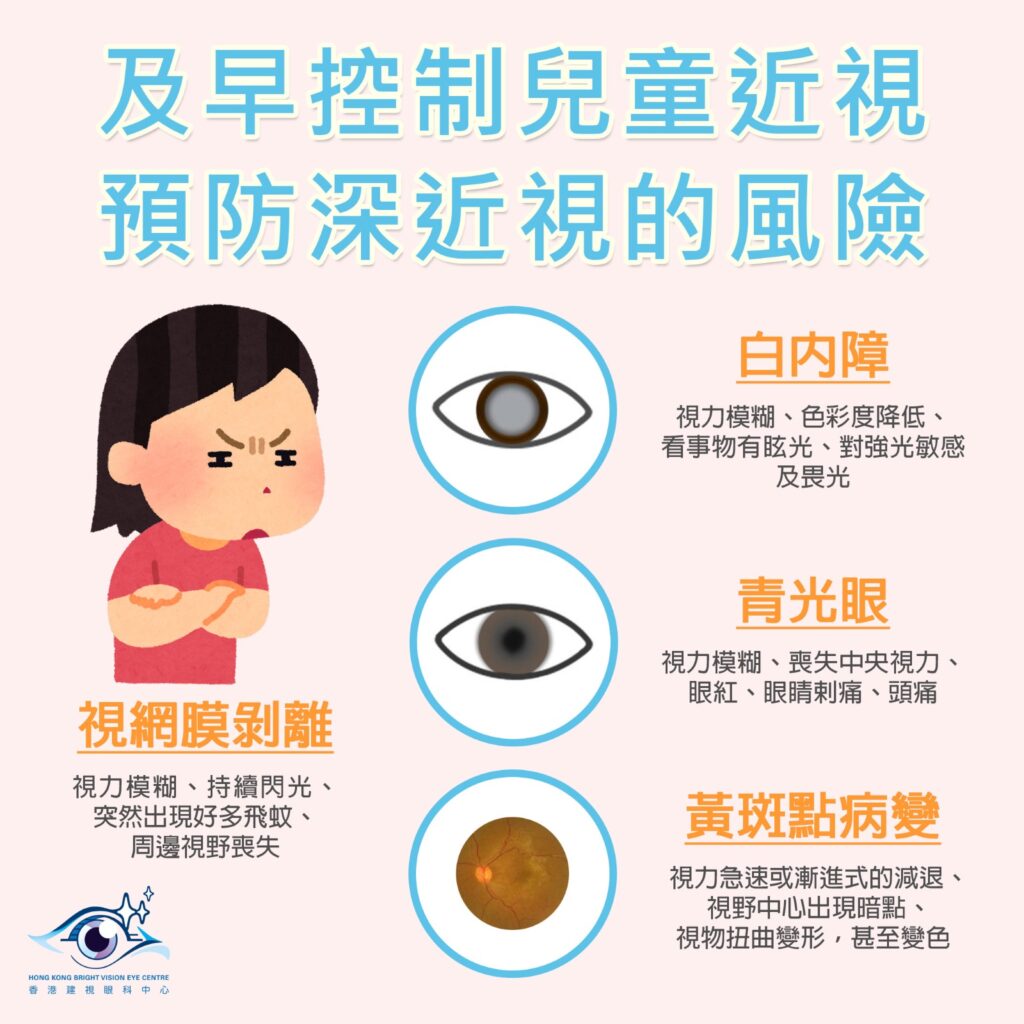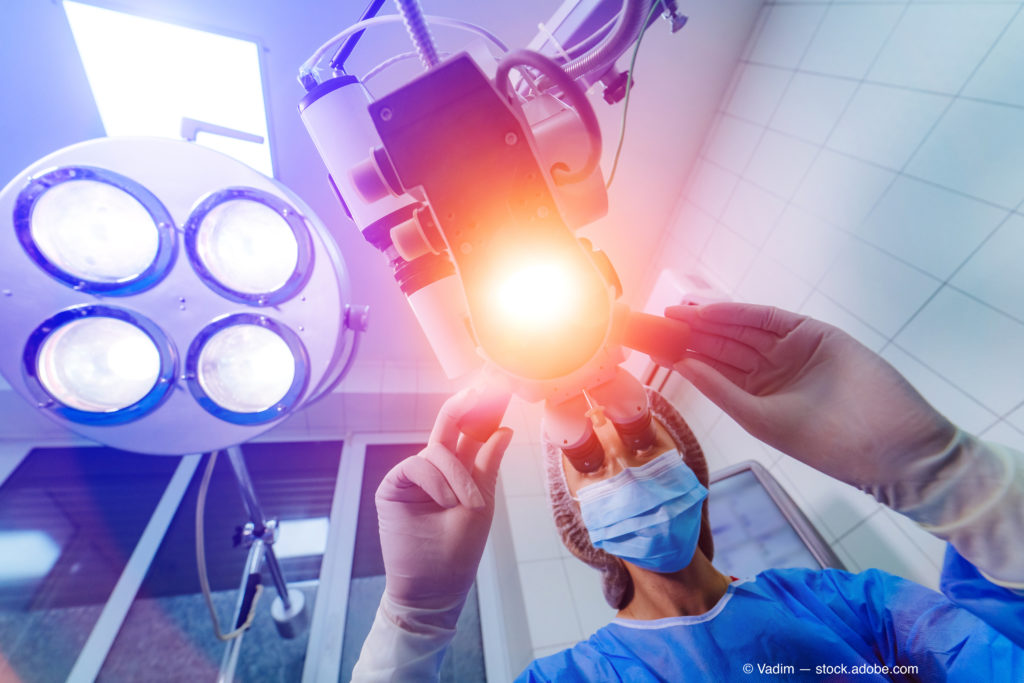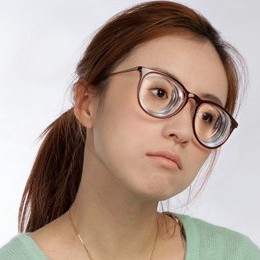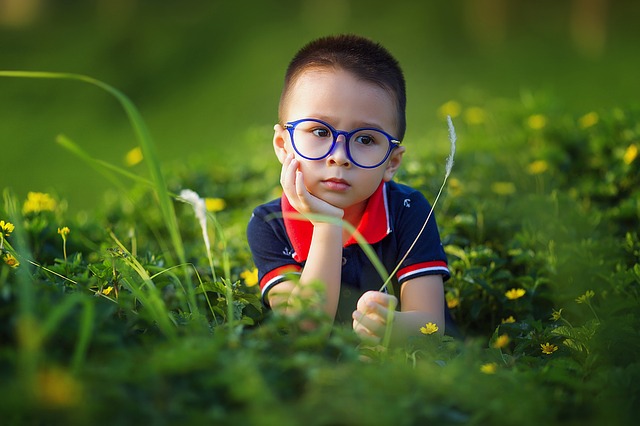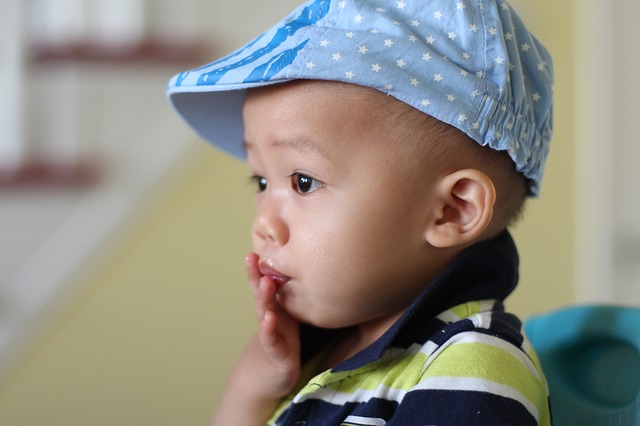High myopia threatens vision, cataract symptoms can not be ignored.
High myopia itself does not directly cause serious harm to vision, as there are a variety of ways to help improve myopia. However, the formation of high myopia is due to changes in the structure of the eyeball, so even if vision is improved using other methods, it is still necessary to face a series of complications that can lead to deep myopia, such as cataracts, retinal perforation and even peeling, glaucoma, etc.
If left untreated, these problems can lead to permanent blindness. Therefore, people with high myopia need to have an in-depth understanding of these potential risks and have regular eye exams to ensure healthy vision and deal with any issues promptly.
Definition of high myopia
High myopia is a relatively severe level of myopia. Myopia of 600 degrees or more, medically defined as high myopia. Its formation is associated with changes in the length of the eyeball.
The normal length range of an adult eyeball is 22-27mm. If the length of the eyeball is greater than 27mm, it will cause high myopia. In almost all cases, genetics play a role in the development of high myopia. If both parents are nearsighted, then their child also has a greater chance of developing high myopia.
Complications of high myopia
High myopia itself usually does not cause vision loss. However, people with this condition are more likely to develop several other sight-threatening diseases.
Retinal perforation or even detachment
The retina is the imaging site of the eye, located in the inner layer of the eyeball wall, and is a transparent film. The retina of people with high myopia will be more fragile than that of normal people, because the retina will be stretched and thinned after the eyeball becomes longer, and the retina will be more prone to perforation or rupture after thinning, and retinal detachment may occur in severe cases.
Glaucoma
Glaucoma is an eye disease in which the optic nerve is damaged due to abnormal pressure in the eyeball due to excessive or inability to drain fluid from the eyeball. In people with high myopia, the eyeball is too long, so the optic nerve or supporting tissues and blood vessels inside the eye are under more pressure, which leads to changes in intraocular pressure and the formation of glaucoma.
Cataract
People with high myopia are more likely to develop cataracts than the general population because the structure of the eye has changed, which may increase the burden on the lens, which in turn will lead to accelerated aging of the lens and the formation of cataracts.
Macular lesions and bleeding
Because of the long axis of the eye, there may be cracks in the basement membrane of cells below the macula of the retina in people with high myopia. Due to the body's self-healing function, new blood vessels grow from the choroid to the retina. In addition to occupying the photoreceptor cell layer and affecting the central visual field, these new blood vessels are susceptible to damage and cause bleeding, blood clots, and scar tissue, which can affect central vision.
Floaters
There are two main causes of floaters caused by high myopia. In the case of high myopia, the eye will age at an accelerated rate, which can lead to changes in the structure of the fibers inside the vitreous humor, and when light enters the eye, these fibers are projected onto the retina, like a mosquito floating in the eye.
Another cause is retinal detachment or tear caused by high myopia, which leads to the appearance of floaters.
High myopia test
Ophthalmologists will recommend patients with high myopia to undergo a comprehensive eye examination once or twice a year, and once symptoms are found, they can be treated immediately, making it less difficult to treat.
In the examination of high myopia, the ophthalmologist usually performs the following tests depending on the individual's situation:
- Visual acuity test: An eye test is the most common eye test and is used to determine if the eye power is stable.
- Fundus examination: Fundus examination will use color fundus photography to check for lesions or abnormalities in the optic nerve, blood vessels, retina, vitreous, etc.
- Intraocular pressure and visual field test: Intraocular pressure and visual field test can assess whether you are at risk of developing glaucoma, and if signs are found during the examination, the doctor can treat it before it affects your vision.
- Ocular CT: Ocular CT is an optical coherence tomography (OCT) that can help detect macular lesions early.
- Slit-lamp examination: The doctor can clearly observe the eyelids, conjunctiva, sclera, cornea, anterior chamber, iris, pupil, lens and anterior 1/3 of the vitreous through the slit-lamp microscope, and can determine the location, nature, size and depth of the lesion.
Regular eye exams can detect any underlying eye problems early and prompt appropriate treatment measures to ensure healthy vision.
Even if laser vision correction surgery reduces the degree of high myopia, complications cannot be avoided
In recent years, some patients with high myopia have undergone laser vision correction surgery, and their myopia has decreased, so they have forgotten to continue to pay attention to the problems that may be caused by high myopia. But in fact, laser correction only changes the curvature of the cornea, not the length of the eyeball. Therefore, all complications arising from the length of the eyeball will not be reduced by LAIS!
High myopia causes cataracts to deepen rapidly
In a recent study of cataracts and cataract surgical outcomes for high myopia, researchers found that cataracts in highly myopic eyes occurred more quickly compared to normal eyes. In addition, there is a higher prevalence of comorbid diseases and complications (e.g., retinal detachment) in the eye with high myopia.
Therefore, people with high myopia must have a routine eye exam so that their ophthalmologist can monitor the health of their eyes and look for these symptoms as well as signs of other complications of severe myopia.
High myopia threatens vision, and cataract symptoms cannot be ignored Read More »

